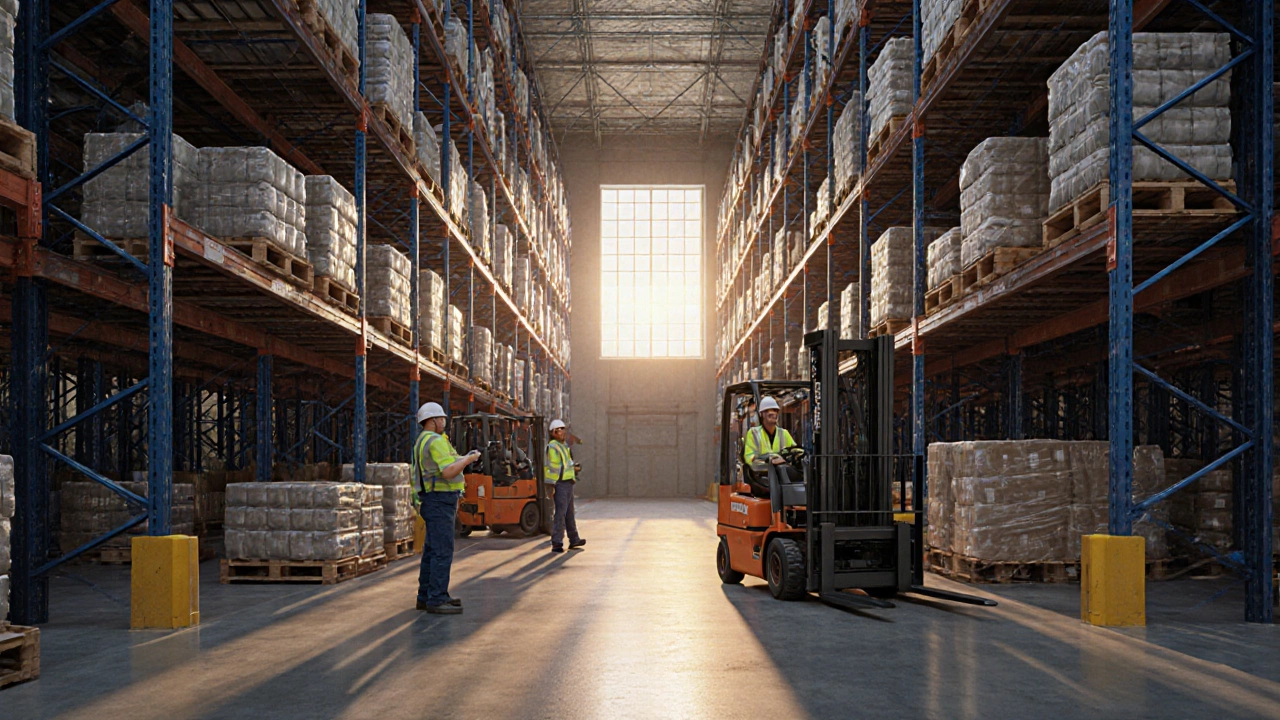Bonded Warehouse: What It Is and How It Saves Money on Imports
When you import goods into India, you don’t always have to pay customs duties the moment your shipment arrives. That’s where a bonded warehouse, a government-approved storage facility where imported goods can be held without paying import taxes until they’re released. Also known as a customs warehouse, it lets businesses delay paying duties, VAT, or excise taxes until the goods leave the facility. This isn’t just a paperwork trick—it’s a real cash-flow tool used by importers, distributors, and e-commerce sellers who need to control when and how much they pay the government.
Think of it like parking your car in a secure lot before you decide where to drive next. A bonded warehouse holds your shipment—whether it’s electronics, textiles, or machinery—under customs supervision. You can sort, repackage, label, or even assemble products inside without touching your duty payment. Only when you move goods out for sale in India do you pay the taxes. If you re-export them, you pay nothing. This flexibility matters when you’re waiting for orders, testing demand, or managing seasonal inventory. Companies that use bonded warehouses often see a 20–40% reduction in upfront import costs. And because these facilities are regulated by customs, they’re trusted for high-value or sensitive goods.
It’s not just about saving money. Bonded warehouses help with customs clearance, the process of getting goods through government inspection and releasing them for domestic use or re-export. Instead of rushing to clear a full container on arrival, you can unload slowly, prioritize orders, and avoid storage fees at ports. Many bonded warehouses also offer value-added services like labeling, quality checks, and inventory tracking—tools that sync with modern warehouse management systems, software that tracks inventory movement, location, and status in real time. This makes them a natural fit for businesses using digital supply chains.
You’ll find bonded warehouses near major ports like Mundra, Nhava Sheva, and Chennai. Some are run by the government, others by private logistics firms like StockOne Logistics. They’re not just for big corporations—small importers use them too, especially when dealing with irregular shipments or uncertain sales. If you’ve ever waited weeks to pay duties because you weren’t ready to sell, or lost money on unsold stock that got stuck at the port, a bonded warehouse solves that problem.
Below, you’ll find real guides on how bonded warehouses fit into modern logistics—from how they connect to WMS software, to how they cut delays in customs clearance, to why they’re a smarter choice than paying upfront. Whether you’re new to importing or scaling your supply chain, these posts give you the practical details you need—no fluff, no theory, just what works.
What Are the Three Major Types of Warehouses?
Learn about the three major types of warehouses-distribution centers, fulfillment centers, and bonded warehouses-and how each serves different business needs in modern logistics.
Read More